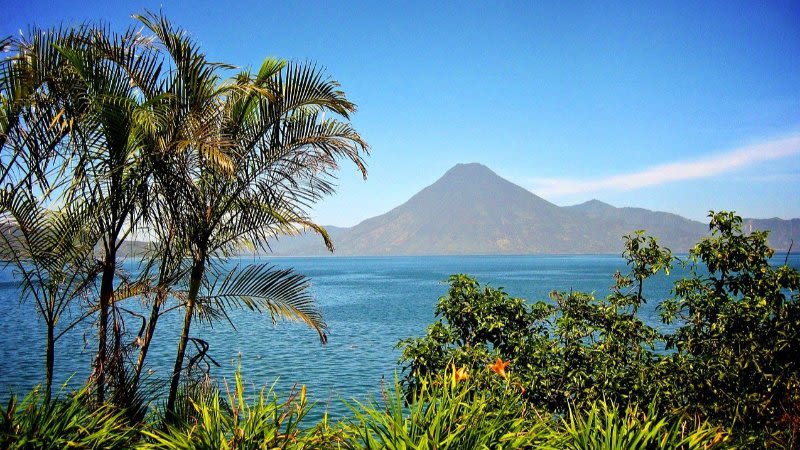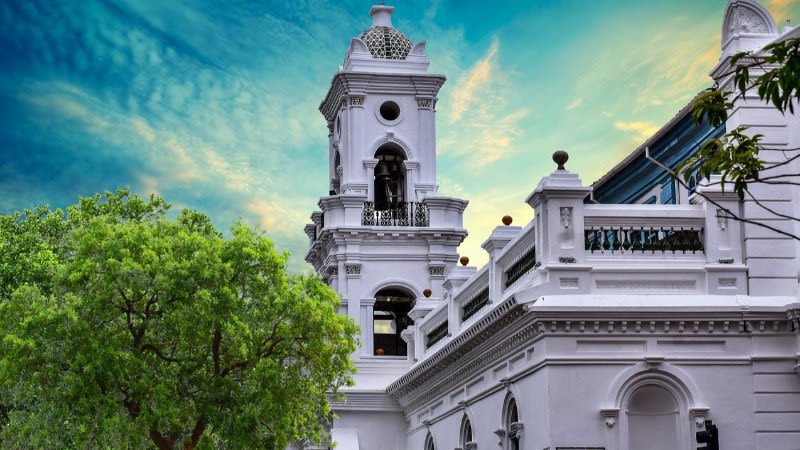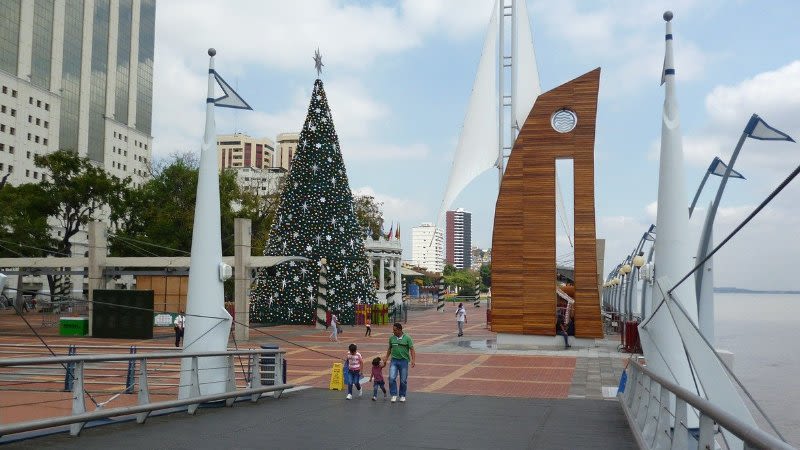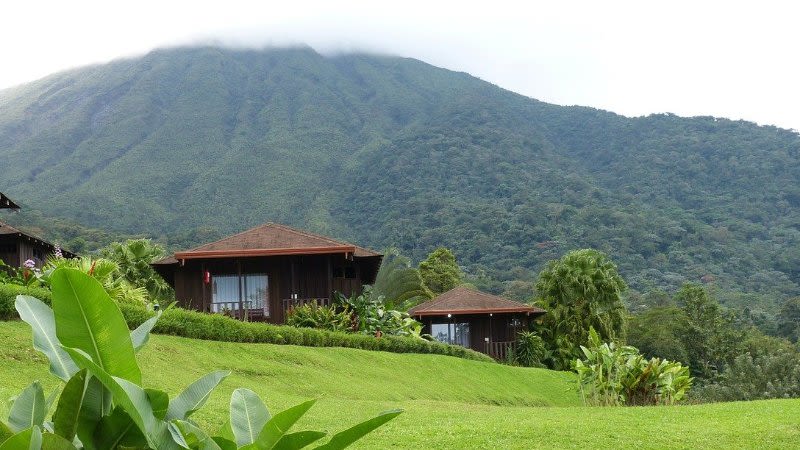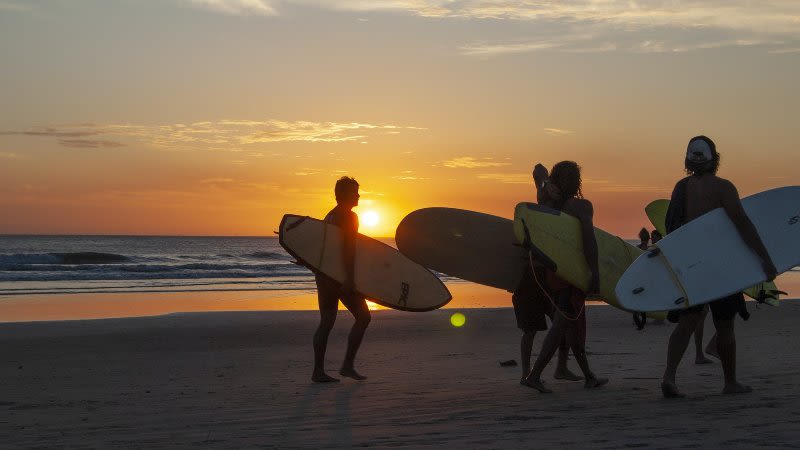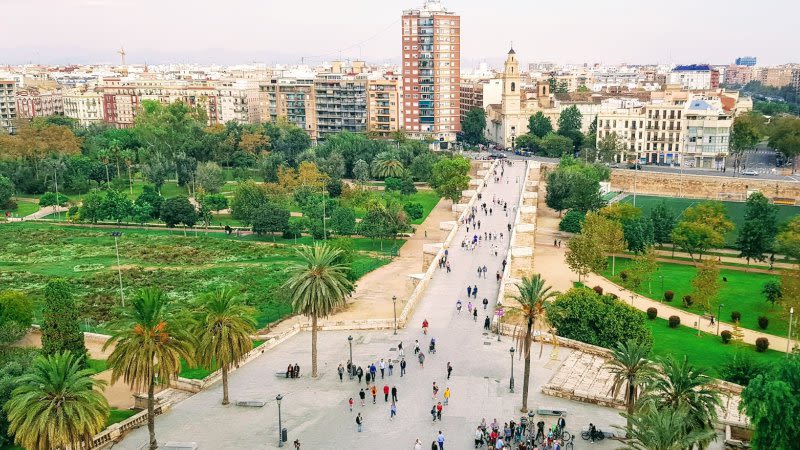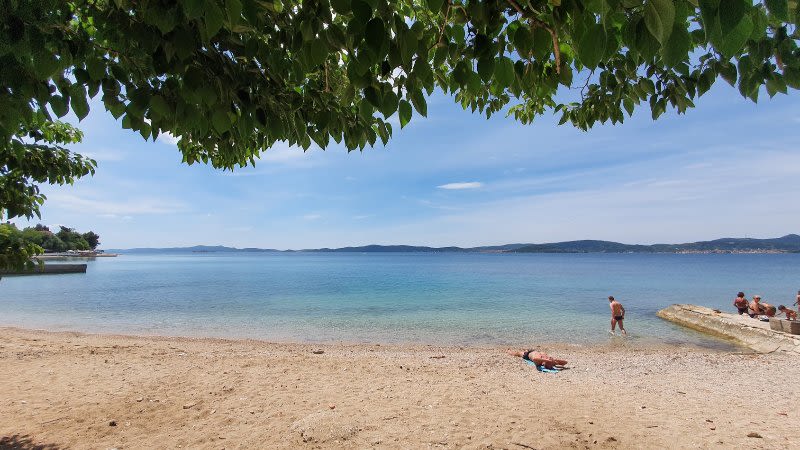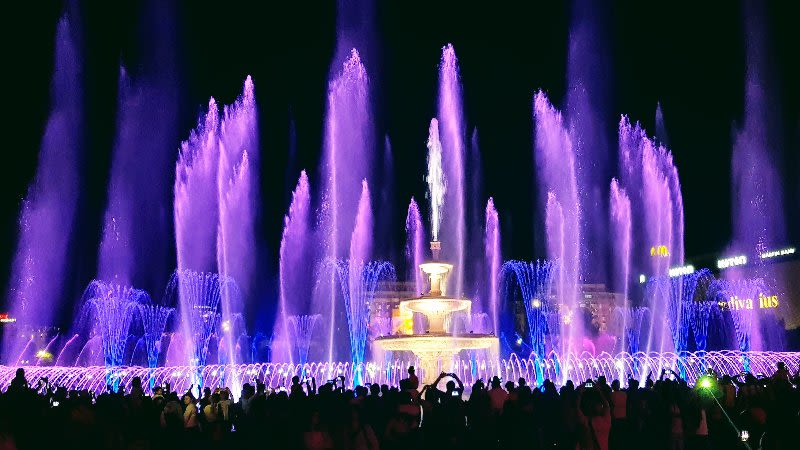10 BEST Things to do in Guatemala City - Visit Guatemala's capital
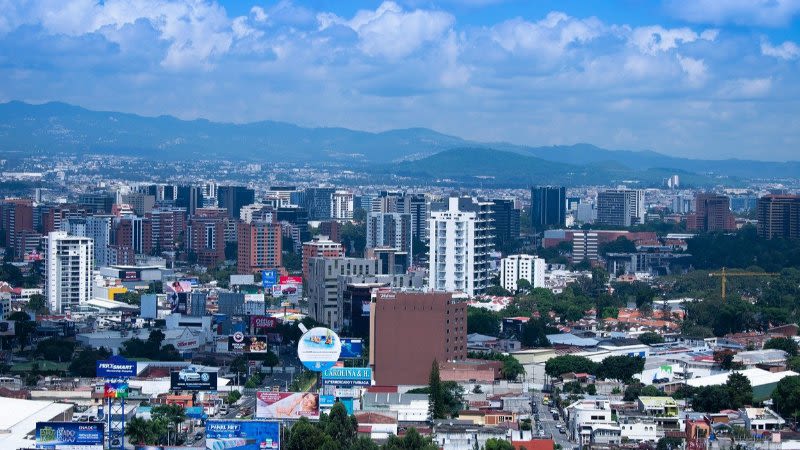
Guatemala City, or Nueva Guatemala de la Asunción, as is its official name, is the capital city of Guatemala and of the more cosmopolitan cities in Central America. If you're planning a trip to visit Guatemala, you'll most likely arrive for the first time in its capital, where you can spend a few days exploring the city.
Did you know that the current location of Guatemala's capital is actually the fourth settlement for its capital, which has been moved due to the earthquakes in Santa Marta, which led to the destruction of the city Santiago de Guatemala? The current capital is located in Valle de la Ermita, a site also known as Las Vacas Valley.
What to do in Guatemala City
If you decide to spend some time exploring Guatemala's capital, we recommend you to take a walk on the Historical Route of Guatemala City and discover its main streets, parks and landmarks.
1. Walk on Octava Calle (8 Calle)
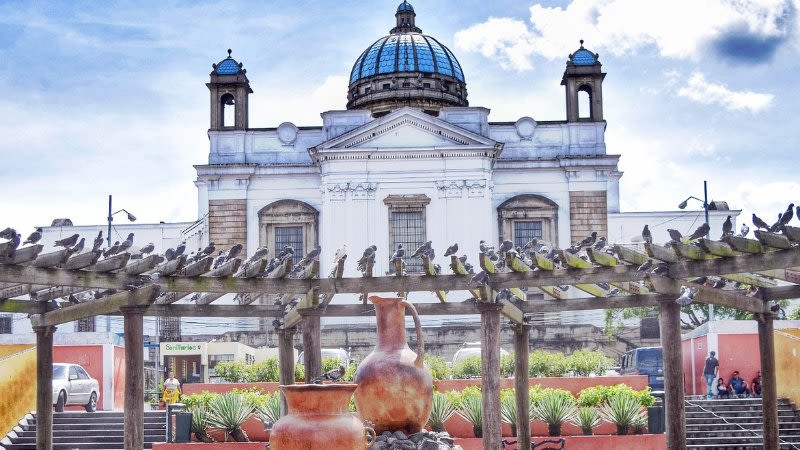
The 8th street, previously known as “Calle de los Mercaderes” (Merchant's Street), extended from 6th Avenue to Parque Colón (Old Square) in 12th avenue. “Calle de los Mercaderes” was packed with novelty stores, first-class restaurants and luxury hotels that hosted artists and visitors attending operas and Zarzuelas (Spanish Operetta) in the former Colón Theater.
The 8th street divides the city from North to South and a similar thing happens with 6th avenue, which divides the city from East to West.
In this area, you can explore some of the best places to visit in Guatemala City like the Cathedral of Guatemala City and Mercado Central, where you can have a truly local shopping experience and try the local fruits and typical dishes.
2. Plaza Mayor de la Constitution
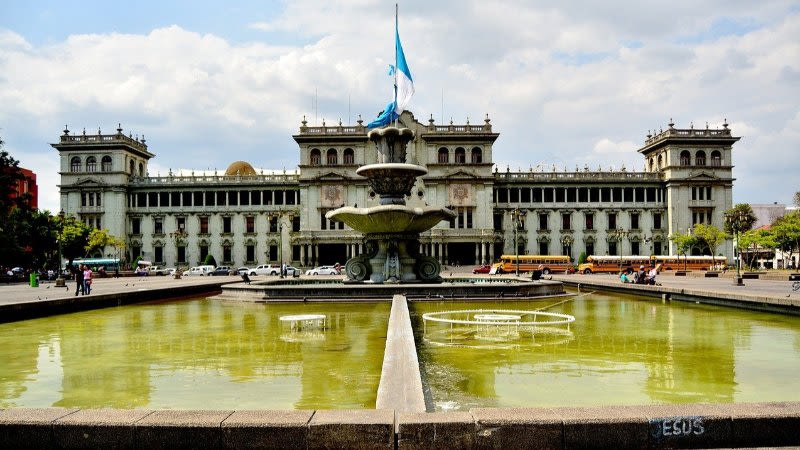
Plaza Mayor was previously known as Plaza Mayor de Armas and this was the main construction that established, in 1776, the capital of Nueva Guatemala de la Asunción.
This Plaza was the center from which the outline of Guatemala City. It is located at the crossroad between 6th avenue and 8th street and here you can admire the imposing building of the National Palace of Culture.
3. Paseo de la Sexta
Once Guatemala city was settled, the main road was the Calle Real (Royal Street), known today as Paseo de la Sexta, which communicates the Plaza Mayor (Main Plaza) with the Calvario temple. This temple marked the southern limits of the city.
Along the way, people can appreciate the different architectural styles which show the foreign influence in local structures, such as Art Decó, Eclectic, Modern and Neoclassic, with the San Francisco church as its main example.
For many decades, 6a Avenida Sur (6th avenue South) was the main commercial center, packed with the best stores and businesses. The term “Sextear” means to take a walk along the street visiting stores and neighbors.
4. San Francisco Church
The exterior and interior of the San Francisco Church is rich in neoclassic decorations. The Franciscan convent was built parallel to the church and was used for different other purposes when all of the religious orders were expelled by Justo Rufino Barrios in 1872. It was used as Customs headquarters, Southern Railroad Station and School number two, until it was finally established as the National Police Palace, which is still its purpose today.
5. New City Center (Centro Civico)
The best representation of modern times in Guatemala City public architecture is embodied in this area known as Centro Civico. Located in the Centro Cívico are the some of the main institutions of the capital like the Municipality of Guatemala, Banco de Guatemala, Crédito Hipotecario Nacional and the Guatemalan Social Security Institute. This architectural group is the perfect representation of Modernity in the mid-20th Century.
6. Penitentiary Bridge
Inaugurated in 1894 this bridge received its name because it is located where the former penitentiary building was located.
Built by J. Payelá, its carved stone walls present a structure of four openings and four lowered arcs to allow the Atlantic and Pacific railroad to pass through. The two arcs located at both ends are used for pedestrians, and the two located in the middle are used for cars and public transportation.
It was also known as Puente de los Suspiros (Bridge of Sighs) because prisoners that were taken to the penitentiary had to walk by it and this was the last walk the prisoners took before losing their freedom.
7. La Baranquilla Bridge
La Barranquilla Bridge is located on 10th Avenue and Mateo Flores Street, zone 5, and was built in 1894, for trains to cross over 7th avenue and connect to the Penitentiary Bridge.
Unlike the Penitentiary Bridge, this one was built in forged steel Art Nouveau style.
8. Botanical garden (Guatemala Garden)
The idea of establishing a Botanical Garden in Guatemala City was conceived in 1910, but it wasn't built until 1922, when a terrain was donated to the municipality. During the 1950s, the natural trails were refurbished, a few buildings were built and the French style Versailles-like gardens were restored.
Between 1977 and 1980 its plant collection grew as some exotic species, orchids, ferns, coffee and rose plants were added. The Botanical Garden is a unique place created for the study of Guatemalan flora, with an impressive potential for education.
This is a small botanical garden but it is a chilled place where you can walk and relax after a day of exploring Guatemala City.
9. Plaza Espana
The Carlos III fountain was inaugurated in November 1789 to honor His Majesty Charles III of Spain; located in the middle of the Plaza Mayor de Armas, It was sketched by Antonio de Bernasconi and finished by Master builder Manuel Barrucho and the sculptor Matías de España.
The neoclassic style fountain, open in all four sides, is decorated with four horses and four marine figures; On top of the fountain was an equestrian statue of King Charles III, which was later demolished as a consequence of the Independence movement of 1821.
In 1895, the fountain was dismantled in order to relocate it at the far end of the 30 de Junio Boulevard (known today as Paseo la Reforma), but it never got there. The pieces were recovered and the fountain was rebuilt and relocated in the current Plaza España.
10. La Aurora Zoo - best place for kids in Guatemala City
This is probably the best thing to do in Guatemala City if you are on a family trip with the kids.
The Zoo in Guatemala City has been established in 1924 and is considered one of the best zoos in Latin America. The zoo is quite a large place and you should allow for a full day if you're with the kids and you want to let them enjoy the space properly. Due to its size, the zoo is actually one of the largest "lungs" of Guatemala City.
La Aurora Zoo is located right in the heart of Guatemala City and here you can see 287 species and more than 2,500 animals from different continents like Africa, Asia, America and Oceania.
La Aurora Zoo is the best zoo in Guatemala and Central America, and is among the 15 best zoos in America.
EXPLORE MORE AROUND GUATEMALA
FAQ about visiting Guatemala City
YES, Guatemala City is definitely worth visiting. You can admire the different styles of architecture, eat rich and tasty food, visit the zoo, which is one of the best in Central America. So you should totally visit Guatemala City, the largest city in the country, with a vibrant atmosphere.
There is crime in Guatemala City, so you should stick to the popular areas for tourists like the historical center or the Centro Civico, where the main attractions in Guatemala City are located. Don't venture outside of these areas and make sure not to wear lots of jewelleries on you.
